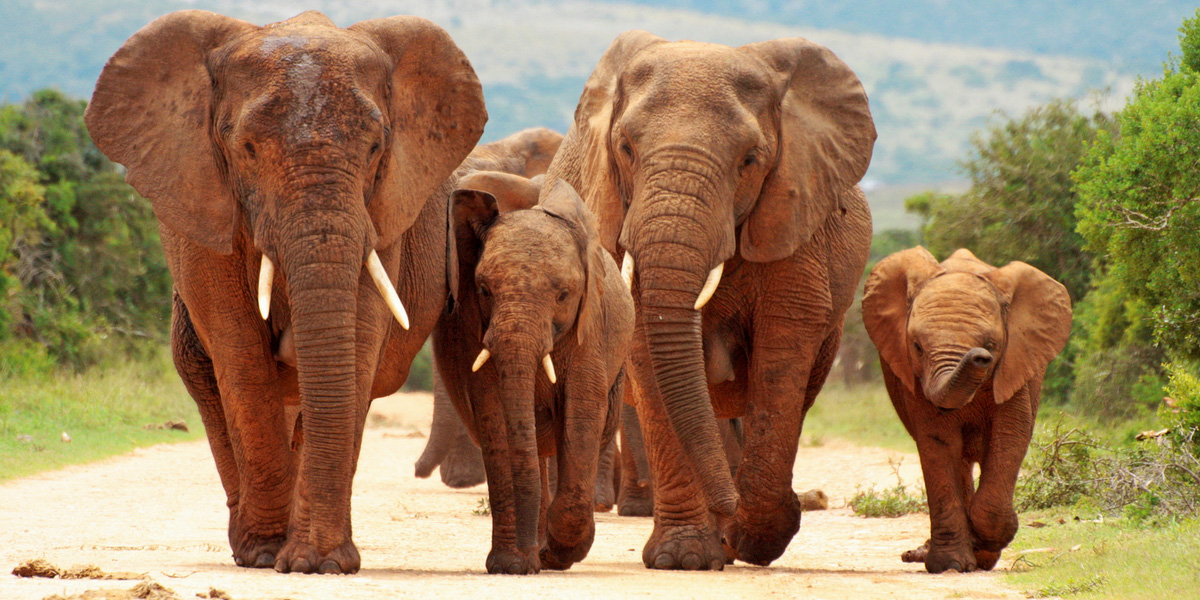
There are two species of African elephant-the African forest and the bush elephant. African bush elephants are the largest living terrestrial animal, while African forest elephants are the third largest. Males stand up to 4 meters high and weigh up to 6000kg and female may stand up to 2.6 meters and weigh to 3,300kg.
Elephants don’t tend to have natural predators. However, lions, hyenas, tigers and wild dogs may prey on elephant calves.
Elephants prefer to stay close to water. They can be found at Lewa conservancy www.lewa.org, meru national park www.kws.go.ke , mt. Kenya national park and Gitoro forest along meru –nanyuki highway.
They keep a diet that is herbivorous and coexist peacefully with other herbivorous animals.
The gestation period of an elephant calf is 22months, after which it is cared for by the mother and female elephants called ‘Allomothers’. Pregnant females carry one calf at a time and have a 5 year break between pregnancies.
It can live for 60 to 70 years.
ELEPHANT MATERNITY – NKUNGA
Gankere in Lower Imenti Forest along the Meru-Maua Road. The area is next to the elephant maternity, where the animals are mostly spotted in the mornings and evenings.
Meru County is the only home of elephant maternity in Kenya, at Nkunga Forest. It is also the only Municipality in the country with a forest in its outskirts with large herds of elephants.
